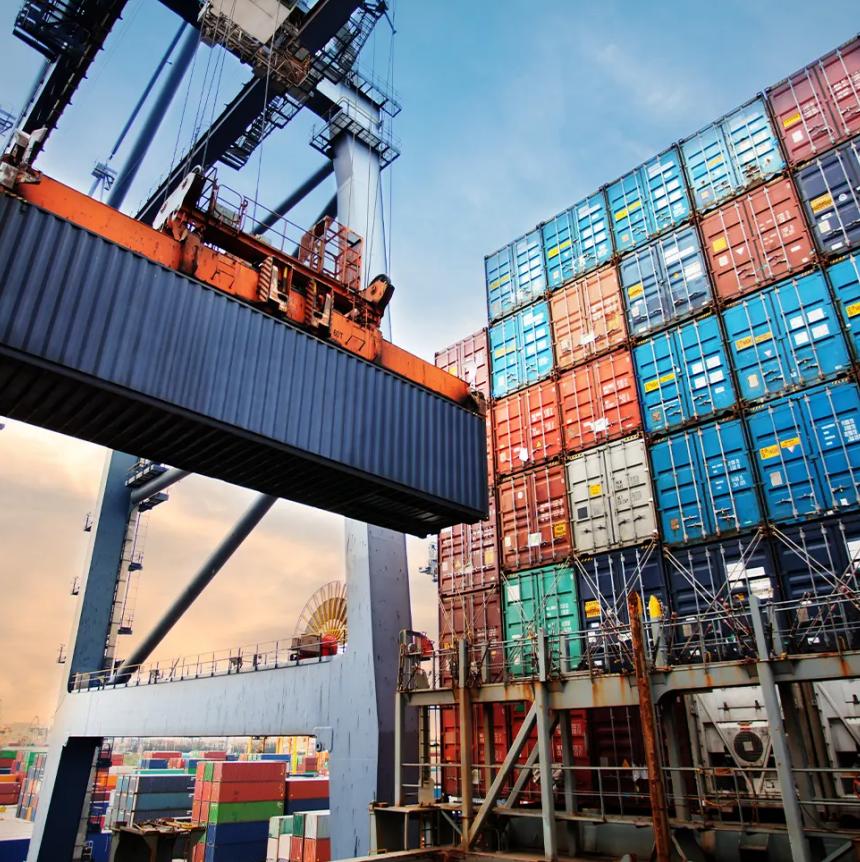Can Cross-Border Logistics Management Improve Delivery Speed?
Cross-Border Logistics Management promises speed, but does it really deliver? Many brands still face delays at borders. Parcels stall in customs. Handovers break tracking. Costs creep up while customers wait. Some claim faster lanes fix everything. Others say the bottleneck is data, not distance. So which is true? In this issue, we test the claim behind “Can Cross-Border Logistics Management Improve Delivery Speed?” We’ll look at real choke points. We’ll show what actually moves the clock. And we’ll reveal one change that cuts days, not minutes. Ready to see where the time really goes?

Why Delivery Feels Slow – and How Fexbuy Removes The Friction
For many brands, cross-border shipping slows down at three choke points: customs, carrier handoffs, and poor visibility. Packages sit in transit, updates lag, and costs creep up. At Fexbuy, we attack these pain points head-on with an operations model built for repeatability, not surprises.
Our core team brings 21 years in international logistics and supply chain. We’ve learned that speed is a quality outcome, not a lucky break. That’s why we pre-screen every channel for risk, validate documents ahead of time, and stay aligned with import and export requirements in each destination. When a shipment reaches the border, it should be “boring” – cleared correctly, tracked in real time, and moving.
We also design routes around your market mix. With dedicated e-commerce lines across DDP/DDU/FOB/CIF terms and multimodal options – sea, rail, air, and truck – we match lane, product type, and delivery promise. During the COVID-19 disruptions, this stability helped us grow while keeping service levels steady; the same design now supports peak seasons without chaos.
✅ What Faster Looks Like In Practice
• Risk Pre-Screening: HS codes, documentation, and DG compliance checked before departure to avoid customs rework.
• Stable Channels: Dedicated lanes from China to Europe, UK, USA, Canada, Australia to cut handoff delays.
• Full-Visibility Tracking: Live status and exception alerts so teams can act early, not after an SLA is missed.
• No Hidden Costs: Clear landed-cost planning reduces hold-at-border fees and surprise surcharges.
• Proven Reliability: A network designed to sustain a 98% on-time delivery rate in normal operating conditions.
CTA: Want a faster cross-border lane without guesswork? Talk to Fexbuy and get a route assessment within your current promise window.
How Cross-Border Logistics Management Translates Into Speed
Speed improves when each step is engineered to remove waiting time. Fexbuy’s approach to Cross-Border Logistics Management focuses on three levers that compound:
1) Customs Readiness, Not Just Clearance
We standardize data and documents at origin. Commercial invoices, packing lists, battery declarations, and product classifications are validated upstream. This reduces secondary inspections and prevents “paper holds” that can add days. Our teams run checklists per destination so shipments arrive “audit-ready.”
2) Lane Fit: The Right Mode For The Right Promise
Air is not always faster in practice if ground handling is weak; rail can beat sea on transit reliability for certain corridors. We select lanes by product profile, volatility, and service goal. For example, DDP can remove last-mile tax confusion and cut consumer delivery time – even if linehaul time is similar – because parcels clear faster and flow straight to carriers.
3) Operational Visibility That Drives Decisions
Cross-Border Logistics Management should make exceptions visible early. Our platform surfaces dwell time and ETA risk by checkpoint. If a scan goes missing, we escalate with the operator at that node, not the next one. More visibility also means better forecasting; you can align customer promise, inventory allocation, and marketing with what the network can actually deliver.
- Result: Fewer idle days in customs and hubs, tighter handoffs, and predictable door-to-door performance.

What Makes Fexbuy A Safer Bet For Faster Deliveries
Many providers claim speed; we build for repeatable speed. Here’s how Fexbuy turns Cross-Border Logistics Management into a daily advantage, not a once-in-a-while win.
Our story started in 2015 in Shenzhen’s cross-border e-commerce hub. Today, we operate from a 500 m² office with a 4,000 m² warehouse footprint, supported by teams who typically stay 5 – 7 years – a big reason our processes stick. We pair this experience with strict quality control and hands-on customer service, so you get answers fast when something needs attention.
Unlike general forwarders, we maintain dedicated e-commerce lines tuned for volatile demand. That means stabilized capacity, predictable cut-offs, and consistent SLAs. We are DG compliant, which matters for electronics and accessories, and we support both DDP and DDU to fit your tax model and shopping cart logic. The payoff is a network that holds its shape under pressure and keeps parcels moving.
Not every brand needs a full network redesign. Often the fastest gains come from two or three targeted changes:
• Switch To Pre-Reviewed Channels: Move high-risk SKUs onto lanes that already pass DG and customs criteria.
• Tighten Data At Origin: Standard fields and correct HS codes remove the most common clearance blockers.
• Align Promise To Lane: Match delivery promises to lanes that actually hit the target – then scale.
CTA: Ready to test a faster lane? Book a pilot shipment with Fexbuy – we‘ll benchmark your current transit, map a DDP/DDU mix, and aim to lift your on-time rate toward 98% without raising costs.
Final Takeaway
So, can Cross-Border Logistics Management improve delivery speed? Yes – when it is proactive, data-clean, and lane-specific. Fexbuy delivers that with experienced teams, stable channels, and clear visibility. If you’re fighting customs delays, uncertain ETAs, or surprise charges, let’s fix the root causes and turn cross-border from a bottleneck into a growth lever.




